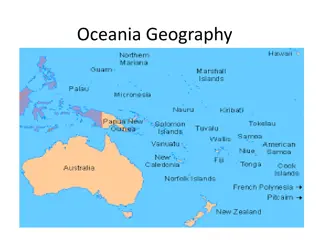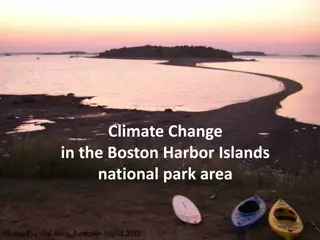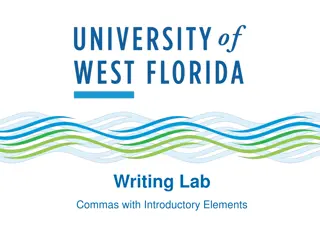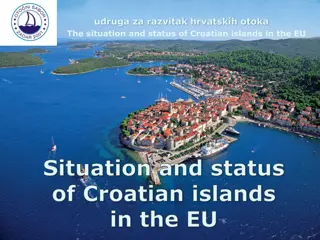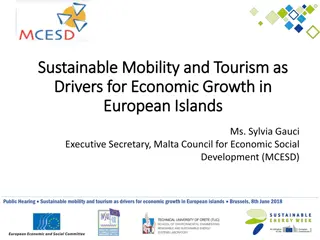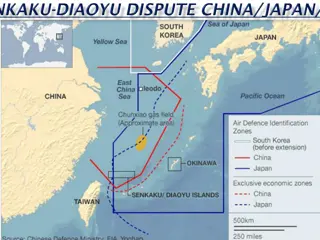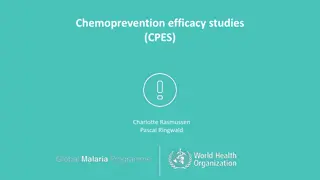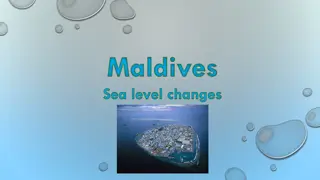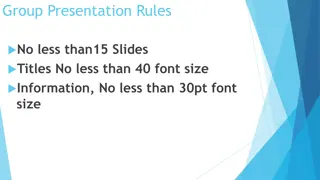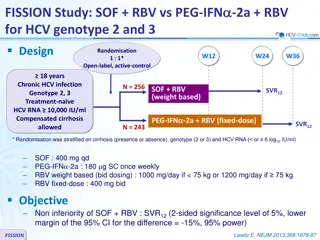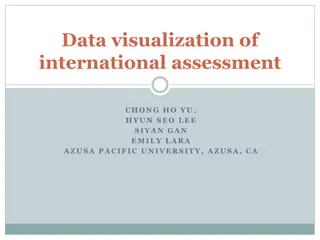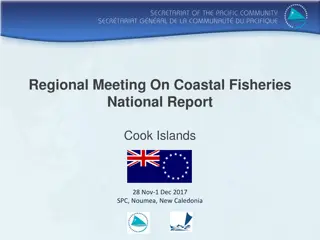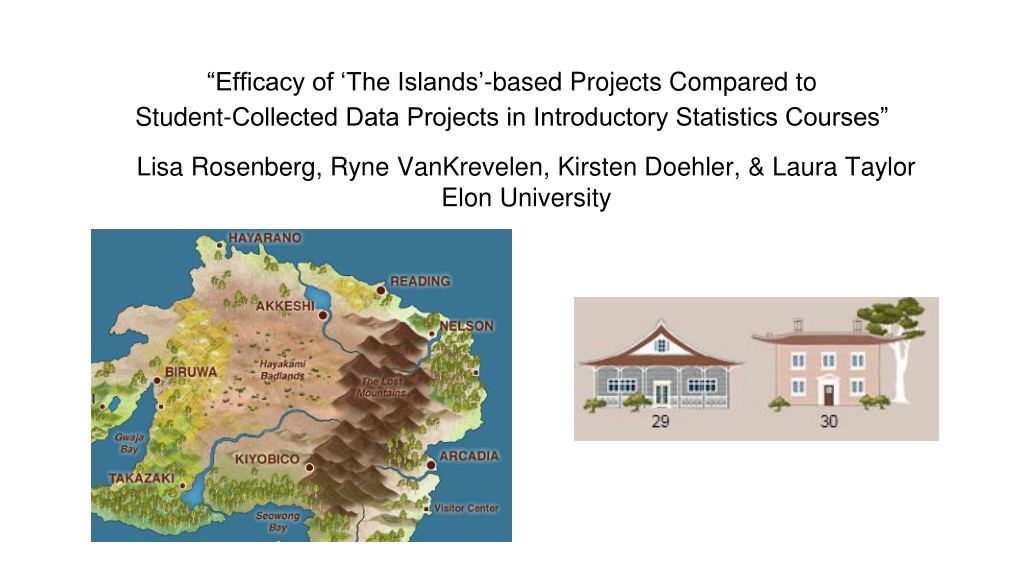
Islands-Based Projects in Introductory Statistics Courses
Explore the efficacy of Islands-based projects compared to student-collected data projects in introductory statistics courses. Learn about The Islands, a virtual population for practicing sampling, conducting surveys, and more. Discover student perceptions and reflections on using The Islands for statistical experiments.
Download Presentation

Please find below an Image/Link to download the presentation.
The content on the website is provided AS IS for your information and personal use only. It may not be sold, licensed, or shared on other websites without obtaining consent from the author. Download presentation by click this link. If you encounter any issues during the download, it is possible that the publisher has removed the file from their server.
E N D
Presentation Transcript
Efficacy of The Islands-based Projects Compared to Student-Collected Data Projects in Introductory Statistics Courses Lisa Rosenberg, Ryne VanKrevelen, Kirsten Doehler, & Laura Taylor Elon University
What is The Islands? The Islands is a virtual population introduced by Michael Bulmer and Kimberly J. Haladyn (University of Queensland) in their 2011 paper. More recently the University of Minnesota has hosted their own version as presented at USCOTS 2017 by Ann Brearley and Laura Le. Students can use The Islands to Practice Sampling (non- SRS) Learn about surveys Perform experiments Carry out an observational study Ethically collect data Explore variable connections Have fun! Encounter real problems
What is The Islands? Demonstrate The Islands: http://theislands.umn.edu/login.php
Introducing The Islands Background: - Students are registered by the instructor for access to The Islands. - Students then complete the registration process the first time they log in. To Introduce The Islands: - Students are given a brief demonstration of the virtual world. - Students then complete an introductory activity (adapted from Brearley and Le, USCOTS 2017). - Make observations about people, places, time, and geography - Meet residents of The Islands, obtain consent, have resident perform a tasks and complete surveys
Student Perceptions-Google Survey Post-Project #1 Project #1 helped me understanding techniques in sampling. Island (n=30): Non-Island (n=29): Strongly Disagree=0 Strongly Disagree:0 Disagree= 1 Disagree: 0 Neutral= 4 Neutral: 7 Agree= 22 Agree: 12 Strongly Agree= 3 Strongly Agree: 10
Student Perceptions- Google Survey Post-Project #1 Project #1 helped me understand challenges in getting a representative sample. Island (n=30): Non-Island (n=29): Strongly Disagree: 0 Strongly Disagree: 0 Disagree: 0 Disagree: 0 Neutral: 4 Neutral: 3 Agree: 16 Agree: 6 Strongly Agree: 10 Strongly Agree: 19
Student Reflections-Google Survey Post Project Learned the difficulties for producing a successful statistic experiments The data was very easy to accumulate in using the Islands website. You could perform so many different tasks on the participants, making our choice of what we wanted to do for our experiment pretty simple. Really easy to collect and keep it organized. Using random number generators for villages in our island proves to be very helpful in preventing bias. It doesn t feel totally real using the islands because they aren t real people. Collecting the data from the islands depending on what we did (swim times) took some time because it mimicked how long it would take in a real life setting. Our answers were not as personal as if we did it in real setting. It took a long time. I d rather go out and record the data in the real world.
Faculty Reflections on The Islands Part of a larger research project. Data has not been analyzed yet. Wish we had Included more work on experiment versus observational study. Thought more about the difference between the islands, cities, neighborhoods. Included more work on sampling techniques. Required more creativity from students on topic ideas. Value in knowing two-sample hypothesis testing- not necessarily covered.
Tips & Recommendations Familiarize yourself with the instructor options (filter out certain content, create separate groups, reset The Islands for new projects, etc.) Give students a chance to explore The Islands in a low stakes environment before they use it for a project. Use class wide discussion to share what things people discovered. This can help everyone feel comfortable understanding The Islands and is usually a fun discussion. Be ready to learn too! My students routinely discover things I didn t know. Let students know that people sleep on The Islands (so they can t gather their data the night before an assignment is due). Encourage creativity. The Islands allows students to answer all sorts of questions that would be difficult for them to study in real life.
Contact Information We are: Kirstie Doehler: kdoehler@elon.edu, Lisa Rosenberg: lrosenberg3@elon.edu , Laura Taylor: ltaylor18@elon.edu, Ryne VanKrevelen:rvankrevelen@elon.edu The Island was developed by Dr Michael Bulmer from the University of Queensland: m.bulmer@uq.edu.au To access the islands: http://www.islandsinschools.com.au/ To enroll students, you will need instructor access. E-mail Dr. Bulmer or contact Dr. Ann Brearley at University of Minnesota: brea0022@umn.edu (University of Minnesota has full access to the island and has been allowing us to use their access. To modify your classes, click on the island of Laerer)




